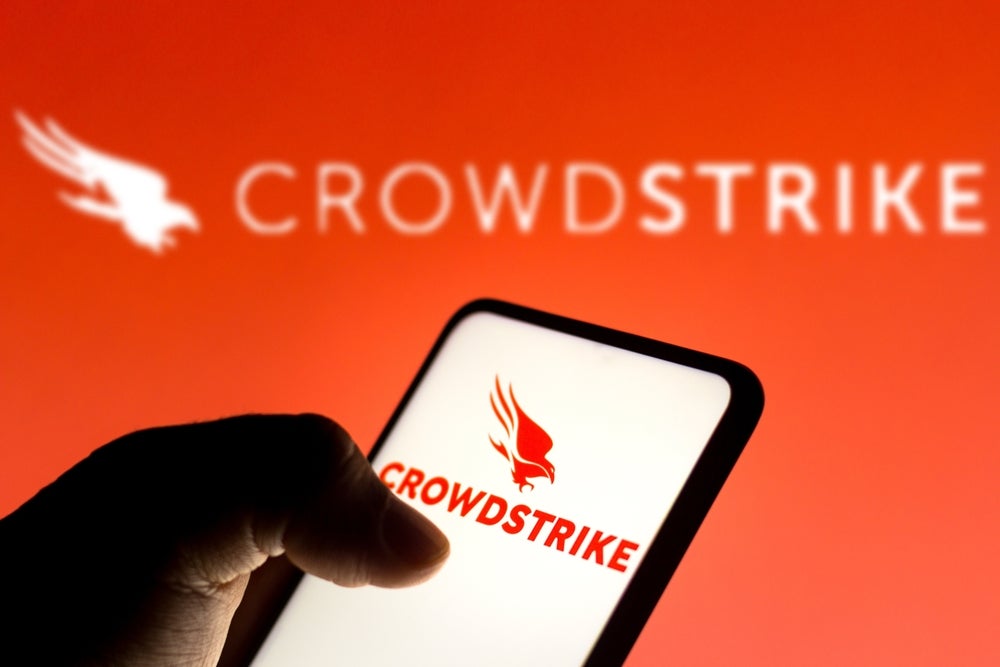Bandwidth has been granted a patent for techniques that enhance confidence score algorithms in processing inbound VoIP telephony calls. The method involves obtaining specific data points associated with the call request and sending them to a confidence score generating process. The generated confidence score is then passed to the customer call center upon request. GlobalData’s report on Bandwidth gives a 360-degree view of the company including its patenting strategy. Buy the report here.
According to GlobalData’s company profile on Bandwidth, Satellite internet access was a key innovation area identified from patents. Bandwidth's grant share as of September 2023 was 51%. Grant share is based on the ratio of number of grants to total number of patents.
Method for obtaining and delivering confidence score for voip calls
A recently granted patent (Publication Number: US11758049B1) describes a method for processing inbound voice-over internet protocol (VoIP) telephony calls by a telecommunications carrier. The method involves obtaining and delivering a confidence score associated with the inbound call.
In this method, the telecommunications carrier network receives a call request for an inbound VoIP telephony call intended for a customer call center. The carrier obtains a variety of data points associated with the call request, including call metadata extracted from the request. These data points are then sent to a confidence score generating process, which uses an algorithm to determine a confidence score based on the data. The carrier network receives the confidence score from the generating process.
Additionally, the customer call center can make an application programming interface (API) call to request the confidence score. The carrier network passes the confidence score to the call center as a result of the API call.
The data points used to generate the confidence score can include information such as an interconnect carrier identifier, which identifies the upstream carrier that handed the inbound call to the telecommunications carrier network. The data points can also indicate the originating carrier for the call, as determined from the call metadata.
The method further involves determining whether the originating carrier and the telecommunications carrier network have a direct interconnect relationship. If there is a direct interconnect relationship and the originating carrier and interconnect carrier are not the same, an expected carrier data point is set to unmatched.
The method also considers the on-net status of the call request with respect to the telecommunications carrier network. This includes anonymized data indicating a customer associated with an on-net call.
The patent also describes a computer system in the telecommunications carrier network that is configured to carry out the method. The system includes one or more memories and processors that receive the call request, obtain the data points, send them to the confidence score generating process, receive the confidence score, and pass it to the customer call center.
Overall, this patent presents a method and system for processing inbound VoIP telephony calls, providing a confidence score to the customer call center, and considering various data points to determine the score.
To know more about GlobalData’s detailed insights on Bandwidth, buy the report here.
Data Insights
From

The gold standard of business intelligence.
Blending expert knowledge with cutting-edge technology, GlobalData’s unrivalled proprietary data will enable you to decode what’s happening in your market. You can make better informed decisions and gain a future-proof advantage over your competitors.




